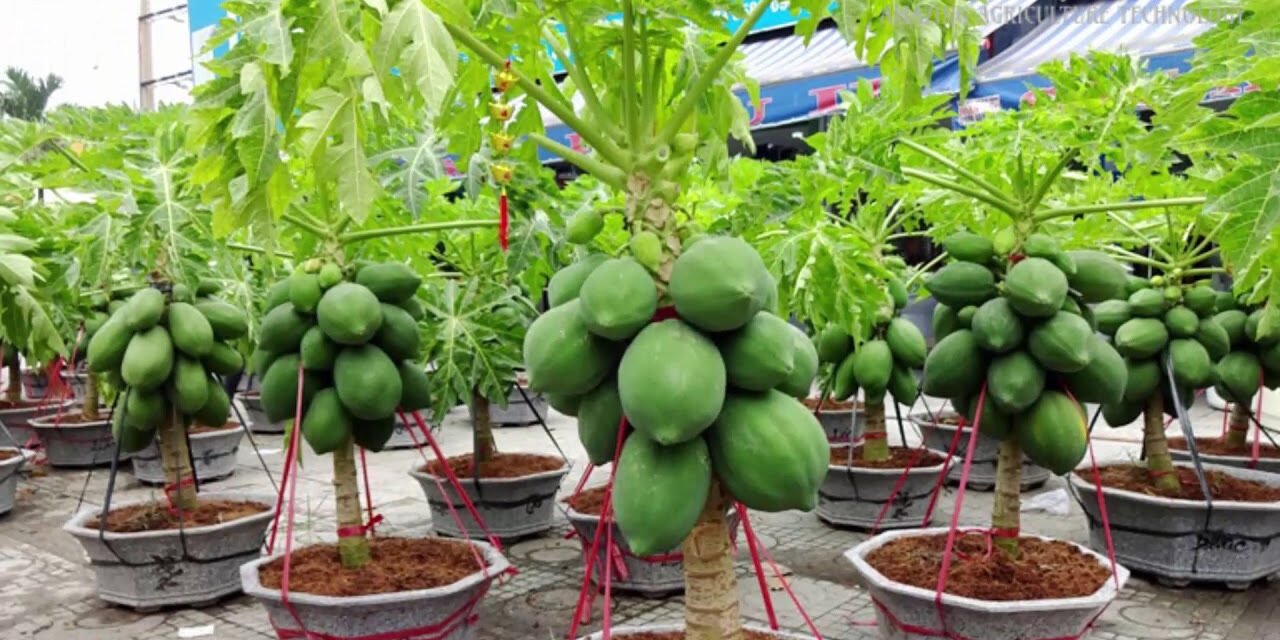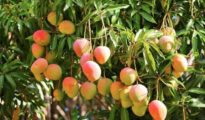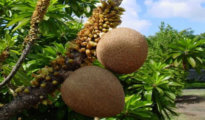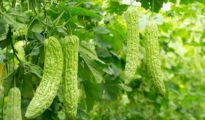Papayas are fruits that come from papaya trees. The papaya tree is a tropical tree that can grow up to 20 feet tall. Papayas are usually round or pear-shaped, and they have green, yellow, or orange skin. The inside of a papaya is filled with seeds and flesh that is either pink, orange, or red.
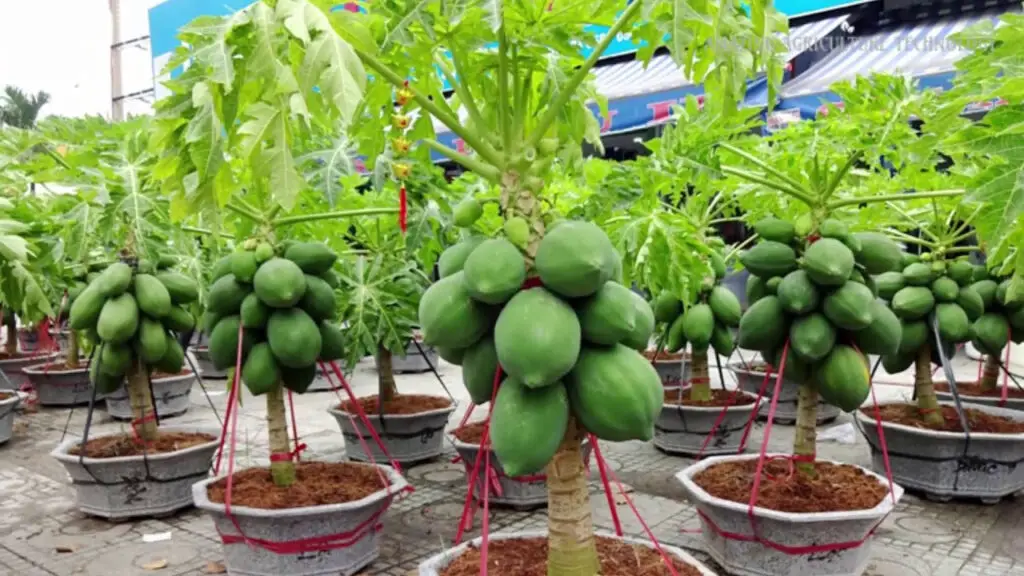
The papaya is a fruit that has been cultivated for centuries in tropical regions of the world. The exact origins of the papaya are unknown, but it is believed to have originated in Central America. Papayas were first introduced to Hawaii in the early 1800s by Spanish and Mexican missionaries. Papayas quickly became popular in Hawaii, and they were soon being grown commercially. Today, Hawaii is one of the largest producers of papayas in the United States.
Papayas are also grown in other tropical areas of the world such as Africa, Asia, and Australia. Papayas are a popular fruit in many tropical countries because they are relatively easy to grow and they have a sweet taste.
Why Grow Papayas in Pots?
There are several reasons why you might want to grow papayas in pots. First of all, papayas are tropical plants, so they can’t tolerate cold weather. If you live in an area with a cold climate, growing papayas in pots allows you to bring them indoors during the winter. Another reason to grow papayas in pots is that papaya trees can be quite large. If you don’t have a lot of space in your yard, growing papayas in pots is a good way to enjoy these fruits without taking up too much space.
How to Grow Papaya in Pots
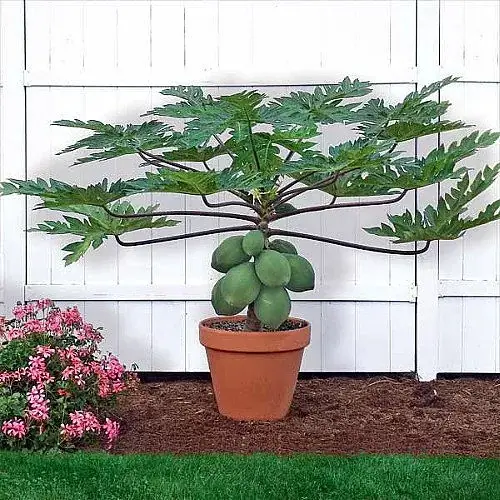
To grow papayas in pots, you will need the following:
- Papaya seeds or a young papaya plant
- A pot that is at least 12 inches wide and 18 inches deep
- Potting soil
- A sunny location
- Water
Instructions
- Fill your pot with potting soil and make sure that it is well-drained.
- Plant your papaya seeds or young plant in the pot.
- Place your pot in a sunny location.
- Water your papaya regularly, making sure that the soil stays moist but not soggy.
- Fertilize your papaya every two weeks with a balanced fertilizer.
- Harvest your papayas when they are ripe ( usually when they are soft to the touch and have turned yellow or orange). Enjoy!
Can you Grow Papaya Indoors?
Although papayas are typically grown in tropical climates, it is possible to grow papayas indoors in pots. Papaya plants need a lot of sunlight to produce fruits, so it is best to place your papaya plant near a south-facing window. Papaya plants also need well-drained soil and regular watering. Be sure to water your papaya plant regularly and allow the soil to dry out between waterings. Overwatering can lead to root rot, so it is important not to overdo it.
Fertilizing your papaya plant is also important if you want it to produce fruits. Use a balanced fertilizer that contains nitrogen, phosphorus, and potassium. Apply the fertilizer every two weeks during the growing season. Papayas typically take about six months to mature and produce fruits. The papaya fruits will be ready to harvest when they are soft to the touch and have turned yellow or orange. Once you have harvested your papayas, you can enjoy them fresh or use them in recipes such as smoothies, salads, and salsas.
Papaya Pests and Diseases
Papayas are susceptible to a variety of pests and diseases. The most common papaya pests are aphids, scale insects, and mealybugs. These pests can damage the papaya plant by feeding on its leaves or fruits. Papayas can also be affected by several diseases, including papaya mosaic virus, powdery mildew, and root rot. These diseases can cause the papaya plant to produce fewer fruits or even die.
How to Control Pests and Diseases in Papaya Trees
There are several things that you can do to control pests and diseases on your papaya plants. First of all, it is important to choose papaya varieties that are resistant to the pests and diseases that are common in your area.
You should also practice good cultural controls, such as maintaining cleanliness around your papaya plants and removing any infected leaves or fruits. If you do notice pests or diseases on your papaya plants, you should treat them immediately with an appropriate pesticide or fungicide.
How to Fertilize Papaya Trees
Papayas are heavy feeders and they will need to be fertilized regularly to produce a good crop of fruits. The best fertilizer for papayas is a balanced fertilizer that contains nitrogen, phosphorus, and potassium.
You should apply fertilizer to your papaya plants every two weeks during the growing season. Be sure to follow the directions on the fertilizer label so that you don’t over-fertilize your papayas. too much fertilizer can damage the roots of papaya plants and reduce fruit production.
How to Harvest Papayas

Papayas are usually ready to harvest when they are soft to the touch and have turned yellow or orange. You can also check the papaya for ripeness by gently pressing on the end opposite the stem. If the papaya feels soft, it is ripe and ready to be harvested.
Once you have harvested your papayas, you can enjoy them fresh or use them in recipes such as smoothies, salads, and salsas. Papayas can also be frozen for later use. To freeze papayas, first wash them and then cut them into small pieces. Place the papaya pieces in a single layer on a baking sheet and freeze for several hours or overnight. Once the papayas are frozen solid, transfer them to a freezer bag and store in the freezer for up to six months.
Papayas are a delicious and nutritious fruit that can be enjoyed fresh or used in a variety of recipes. If you want to grow papayas, it is important to choose a papaya variety that is resistant to pests and diseases. You should also practice good cultural controls and fertilize your papaya plants regularly. With a little care, you can enjoy a bountiful harvest of papayas from your own backyard.
Facts About Papayas
- Papayas are native to Central America
- Papayas were first introduced to Hawaii in the early 1800s
- Papayas are a good source of vitamin C, fiber, and antioxidants
- Papayas can be eaten fresh or used in recipes such as smoothies, salads, and salsas.

